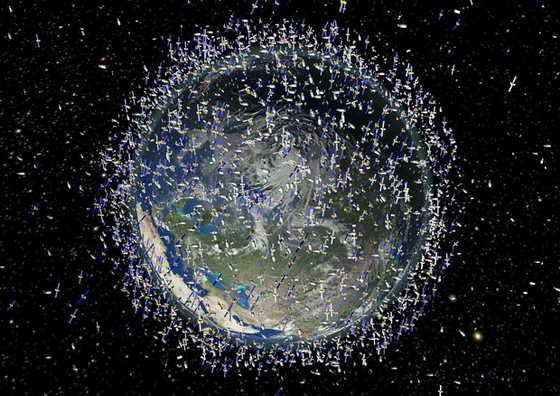In a new study of space debris, astronomers from the University of Warwick have found that 75% of orbital debris cannot be matched to known objects in public satellite catalogs. These results indicate that near-Earth debris is poorly tracked.
Astronomers are calling for more regular and thorough studies of orbital debris at high altitudes to help characterize local objects and better identify the risks associated with active satellites that humans rely on every day.
In their work, astronomers have focused their efforts on finding and photographing small debris that reflect light too poorly. Such objects are difficult to regularly track and register in public catalogs.
The work was carried out at objects in the geosynchronous region, about 36,000 kilometers above the equator, where satellites rotate with a period corresponding to the rotation of the Earth. Far above the outermost layer of the Earth’s atmosphere, there are no natural mechanisms (such as atmospheric drag) that cause the orbit to decay, so debris that forms near the geosynchronous region will remain there for a very long time.
To locate these debris, astronomers used the Newtonian Telescope on the Canary Island of La Palma, which has a large aperture (2.54 meters), allowing it to collect photons of light over a large area.
Most of the orbital trails found by astronomers were approximately 1 meter or less in brightness. More than 95% of these weak detections did not match known items in the public directory. When the researchers included other garbage from this area (larger and more obvious objects) on the list, they found that more than 75% of the garbage in the geosynchronous area did not have any entries in the catalogs.
Astronomers are currently studying observational data from a second, smaller instrument.














